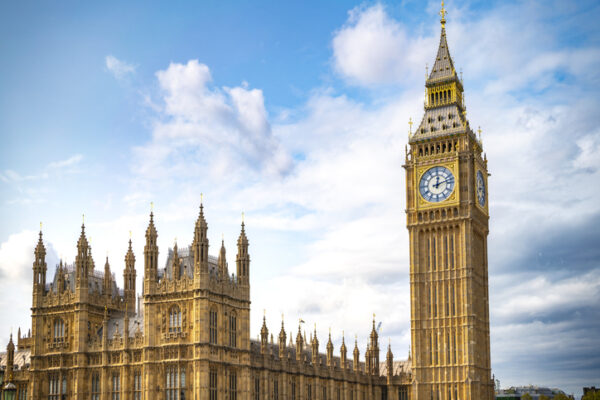

On Monday 21 July 2025, or ‘Legislation Day’ as the government termed it, the draft Finance Bill 2025-26 was published. This set out much of the long-awaited detail on the proposed changes to taxation.
This follows the significant announcements made in the 2024 Autumn Budget and the consultations that followed. Those affected have been eagerly anticipating the substantive detail.
In this series of articles, we aim to provide our initial commentary on the draft legislation insofar as it affects personal taxation. Here, we focus on the changes to taxation of pension benefits.
The headlines
As expected, the draft legislation provides that from 6 April 2027, unused pension funds will, for the first time, be included within a deceased taxpayer’s estate for IHT purposes. This is a significant shift in policy, expected to raise a further £1,460m in tax by 2030.
However, following the consultation process earlier this year, further details are now available:
- Responsibility for reporting and paying any IHT will rest primarily with the personal representatives (PRs), not the pension scheme administrators as previously suggested. Whilst this change is intended to simplify matters, there are significant concerns about the process, including the additional administrative burden for PRs (and resulting costs) and delays to accessing pension funds
- The government’s response to the consultation process has set out a high-level process for PRs to follow, incorporating information sharing requirements and options for arranging the payment of IHT. This includes:
- PRs paying the IHT from assets in the wider estate. This will be reliant on there being sufficient liquidity to do so and the beneficiaries of the estate and pension being one and the same;
- Where the resulting IHT liability exceeds £4,000, the beneficiaries may instruct the administrator to remit the tax directly from the pension component to HMRC, or
- The relevant beneficiary may draw their benefits, settle the IHT themselves and claim an income tax refund from HMRC on the relevant amount of drawn down income This relief from double taxation will only apply where the pension has been draw down to pay IHT. Otherwise, it remains the case that where a pension holder has died aged 75 or over, a beneficiary will also be subject to income tax on their pension withdrawals.
- Death in service benefits payable under registered schemes (both discretionary and non-discretionary) are excluded from falling within the scope of IHT. This will be a very welcome exclusion for bereaved families
- Some non-UK pension schemes, including qualifying non-UK pension schemes (QNUPs) and section 615(3) schemes will be included within the scope of the IHT charge. However, UK registered pension schemes, QNUPs and s613(5) schemes will continue to be exempted from 10 year charges and exit charges
- Disappointingly, it remains the case that farmland and business assets held in pension schemes (i.e. SASSs and SIPPs) will not be eligible for APR or BPR. This has the potential to create significant liquidity issues for those affected.
There are also some noticeable omissions from the draft legislation, which we hope will be addressed as the Finance Bill progresses, namely:
- Confirmation of the interaction with the residence nil rate band (RNRB). It is expected but not yet clear from the draft legislation whether the inclusion of pensions within the taxable estate will affect the taper threshold (currently £2m) relevant for calculating the available RNRB, a valuable IHT allowance.
- The effect of charitable giving and the reduced 36% rate of IHT. Currently, those who leave 10% or more of the ‘baseline’ amount of their estate to UK registered charities are able to claim a reduced rate of Inheritance Tax. The estate is made up of various component parts and the draft legislation is currently silent on whether the pension component will be brought within the scope of this reduced rate.
What next?
The draft legislation is now subject to an eight week technical consultation, running to 15 September. While we have a broad framework, we expect further detail may be forthcoming in the autumn and we will continue to report on any changes in due course.
That said, individuals with substantial pension savings, particularly those whose combined estate value is approaching or exceeds IHT thresholds, should review their arrangements now. Options may include adjusting pension nominations, considering lifetime drawdown strategies or restructuring other assets to maximise allowances.
Working with clients’ pension advisers, our Private Wealth team can assist with developing bespoke strategies to mitigate these new charges. If you would like to understand how these changes may affect your estate, please do get in touch. Early planning remains the most effective way to manage the succession of your estate and avoid unexpected tax liabilities.










